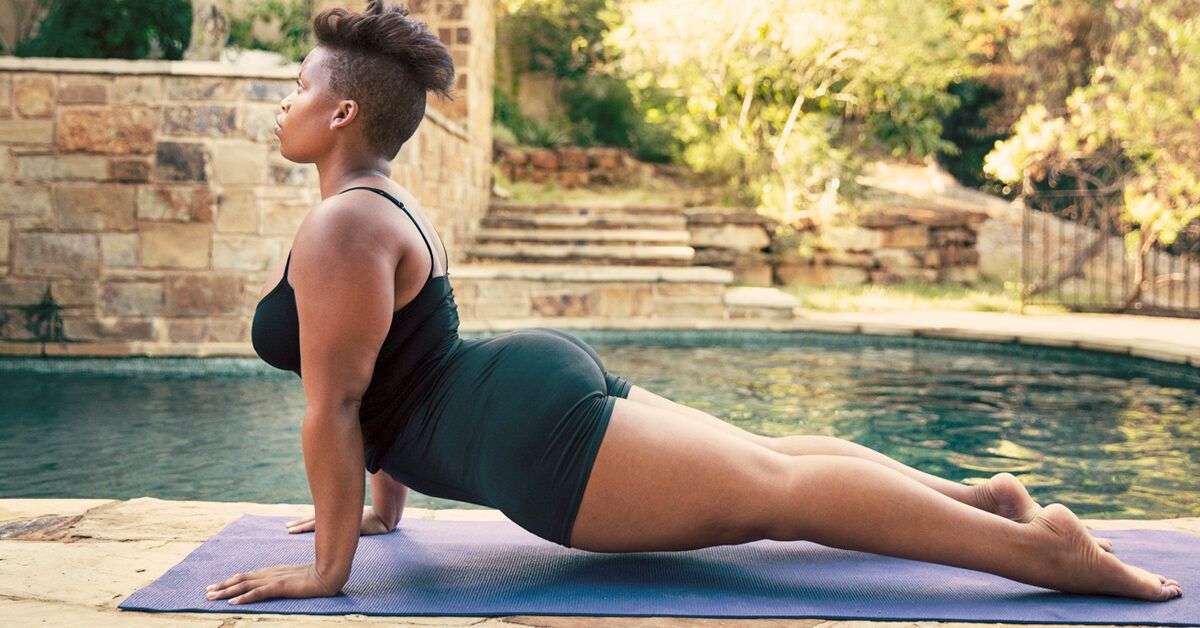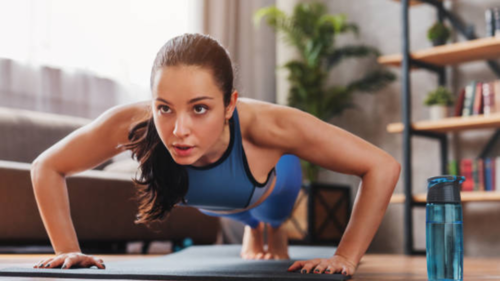Yoga is more than stretching on a mat. It’s a mind-body practice that blends breath control, physical postures, and meditation. Whether you’re looking to lose weight, gain flexibility, or ease anxiety, yoga offers a powerful way to stay fit, calm, and strong. Here’s how it works.
What Makes Yoga a Unique Form of Exercise?
Yoga isn’t about fast reps or heavy weights. It’s about balance, control, and connection.
A Full-Body Workout Without the Strain
Yoga engages your entire body. From holding planks in power yoga to slow transitions in Hatha, every muscle gets involved. It helps build lean muscle, increase flexibility, and improve posture without putting pressure on your joints. Over time, your body becomes stronger and more mobile.
Breath as a Tool for Movement and Mindfulness
Yoga links breath to movement. Inhaling during stretches and exhaling during deeper poses enhances awareness and calms the nervous system. This rhythmic breathing also boosts endurance and cardiovascular health, especially in styles like Vinyasa or Ashtanga.
How Yoga Keeps You Physically Fit
You don’t need to run marathons to be fit. Yoga builds fitness through body control and endurance.
Toning Muscles and Building Strength
Holding poses like Warrior II, Plank, and Chair Pose activates major muscle groups. These static holds may look easy, but they engage your core, arms, glutes, and legs. Over time, this leads to stronger muscles and better muscle tone.
Improving Balance and Flexibility
Yoga stretches tight muscles while improving balance and coordination. Poses like Tree, Dancer, or Eagle require you to focus and stabilize, which enhances both flexibility and joint support. It also helps prevent injuries, especially as you age.
Yoga’s Impact on Mental Health and Calmness
The calming effects of yoga are often immediate. Just a few minutes of deep breathing can reset your mind.
Reducing Stress and Anxiety
Yoga lowers cortisol levels, the hormone linked to stress. Breathing exercises (pranayama) and meditation help you slow down racing thoughts, relax your body, and calm your emotions. Regular practice can reduce symptoms of anxiety and depression.
Boosting Mood and Mental Clarity
The meditative aspect of yoga increases dopamine and serotonin—the feel-good chemicals in your brain. This improves mood, sharpens focus, and clears mental fog. Even short sessions can help you feel more present and energized.
Building Emotional Resilience Through Yoga
Yoga isn’t just physical—it strengthens your emotional core.
Learning Patience and Self-Acceptance
Some poses take weeks to master. This teaches patience and self-compassion. You learn to let go of frustration and celebrate small progress. That mindset carries into daily life, helping you cope with challenges.
Creating Space for Emotional Release
Certain postures—like hip openers and backbends—are known for releasing stored emotional tension. Crying or feeling emotional during practice is normal. Yoga allows you to process feelings without judgment, creating space for healing.
How Yoga Supports Long-Term Health
Yoga supports your overall well-being, not just fitness goals.
Enhancing Heart Health
Gentle yoga lowers blood pressure and improves circulation. More vigorous styles can increase heart rate and offer cardiovascular benefits similar to aerobic exercises. This makes it great for heart health at any age.
Supporting Digestive and Immune Function
Twisting poses and breathing techniques stimulate internal organs and improve digestion. Yoga also reduces inflammation, which strengthens the immune system and helps the body resist illness.
Yoga and Strength: Yes, You Can Build Real Power
Some people assume yoga is too gentle to build strength—but that’s far from true.
Using Body Weight as Resistance
Yoga uses your own body weight to build strength. Poses like Chaturanga, Crow, and Boat require serious muscle control. Practicing these regularly increases core strength and upper body stability.
Creating Sustainable Strength for Life
Unlike gym workouts that isolate muscles, yoga strengthens muscle groups together. This functional strength makes daily activities—like lifting groceries or climbing stairs—easier and safer.
Staying Consistent With Yoga: What You Need to Know
Consistency is key to seeing benefits, but your practice doesn’t need to be long.
Start with Just 10 Minutes a Day
Short daily sessions are better than occasional long ones. Begin with 10–15 minutes of simple poses and deep breathing. As your body adapts, you’ll naturally want to explore longer sessions or new styles.
Find a Style That Matches Your Energy
Some days you may want a slow, restorative practice. Other days you may crave a fast-paced Vinyasa flow. Mix styles like Hatha, Yin, Power, and Kundalini to keep your routine exciting and well-rounded.
Creating a Calm Routine Around Yoga
Yoga doesn’t end when the mat is rolled up. It teaches lifestyle habits that keep your mind and body balanced.
Morning Yoga for a Calm Start
A few sun salutations in the morning awaken your body, boost circulation, and clear mental clutter. Starting the day with intention sets a peaceful tone for the hours ahead.
Evening Yoga to Unwind
Practicing gentle yoga or deep stretching before bed helps release muscle tension and prepares the body for sleep. Adding breathwork can reduce insomnia and calm the nervous system.
Yoga Is for Every Body and Every Age
You don’t need to be young or flexible to start yoga.
Modifications Make It Accessible
Most poses can be modified with props like blocks or straps. Yoga instructors often offer beginner-friendly alternatives, so you can build confidence safely, no matter your fitness level.
Age Gracefully With Yoga
Yoga keeps joints mobile, muscles strong, and bones healthy. For seniors, chair yoga and gentle flows improve balance, reduce falls, and support independence. It’s never too late to start.
Final Thoughts: Yoga as a Lifelong Practice
Yoga is more than just a workout—it’s a way to connect with your body and mind. It helps you stay physically strong, mentally calm, and emotionally grounded. Whether you’re 20 or 70, beginner or advanced, yoga can meet you where you are and grow with you.
You don’t need fancy gear or perfect form. All you need is a mat, your breath, and a few minutes each day. With consistency, yoga will help you feel better, move better, and live with more peace and purpose.










